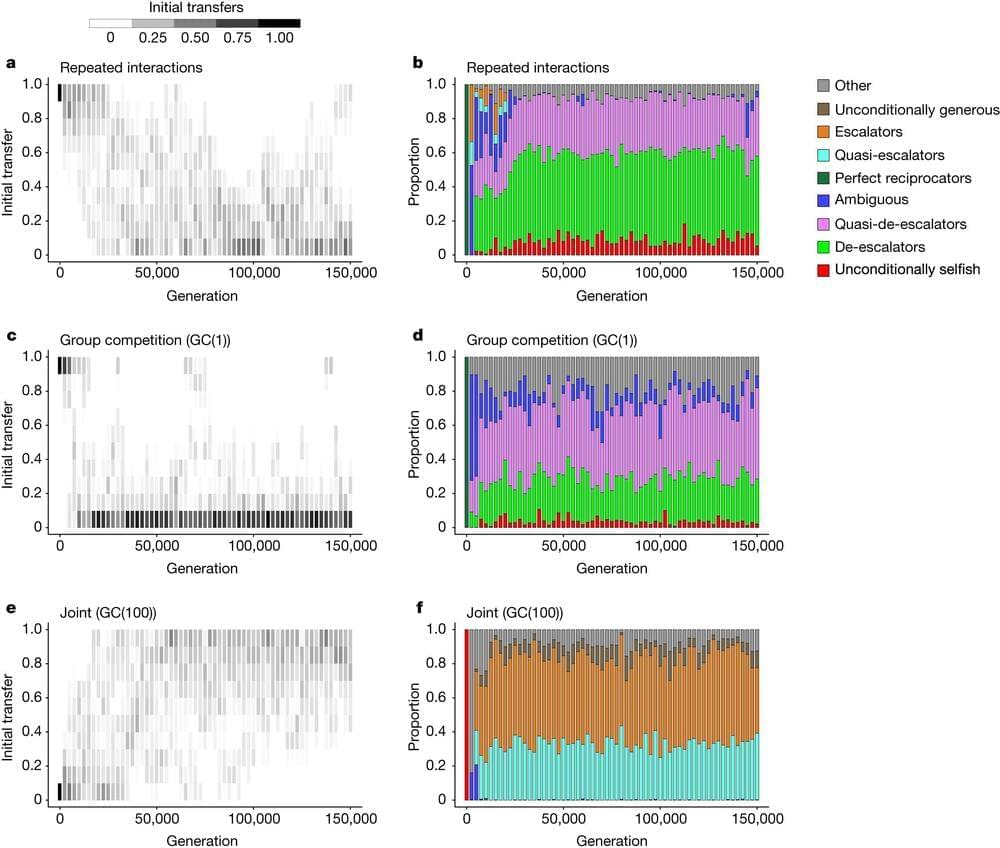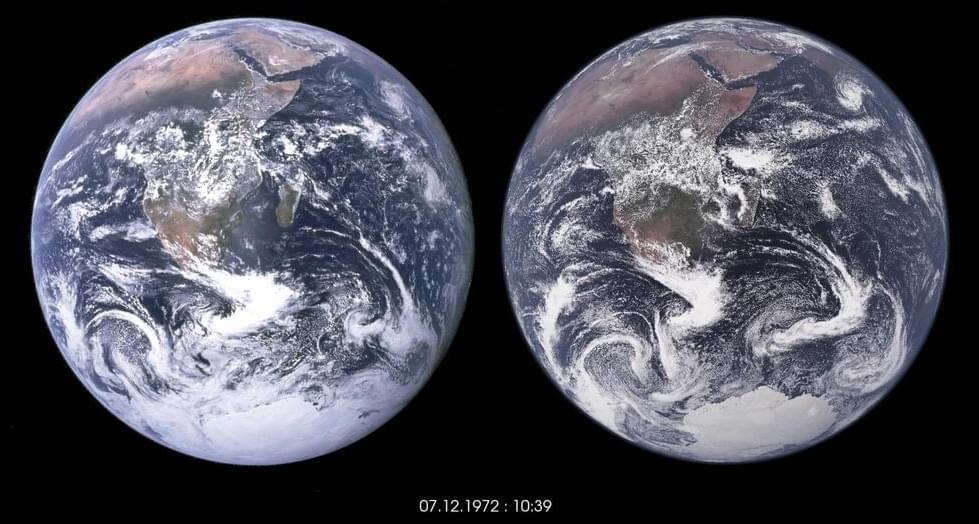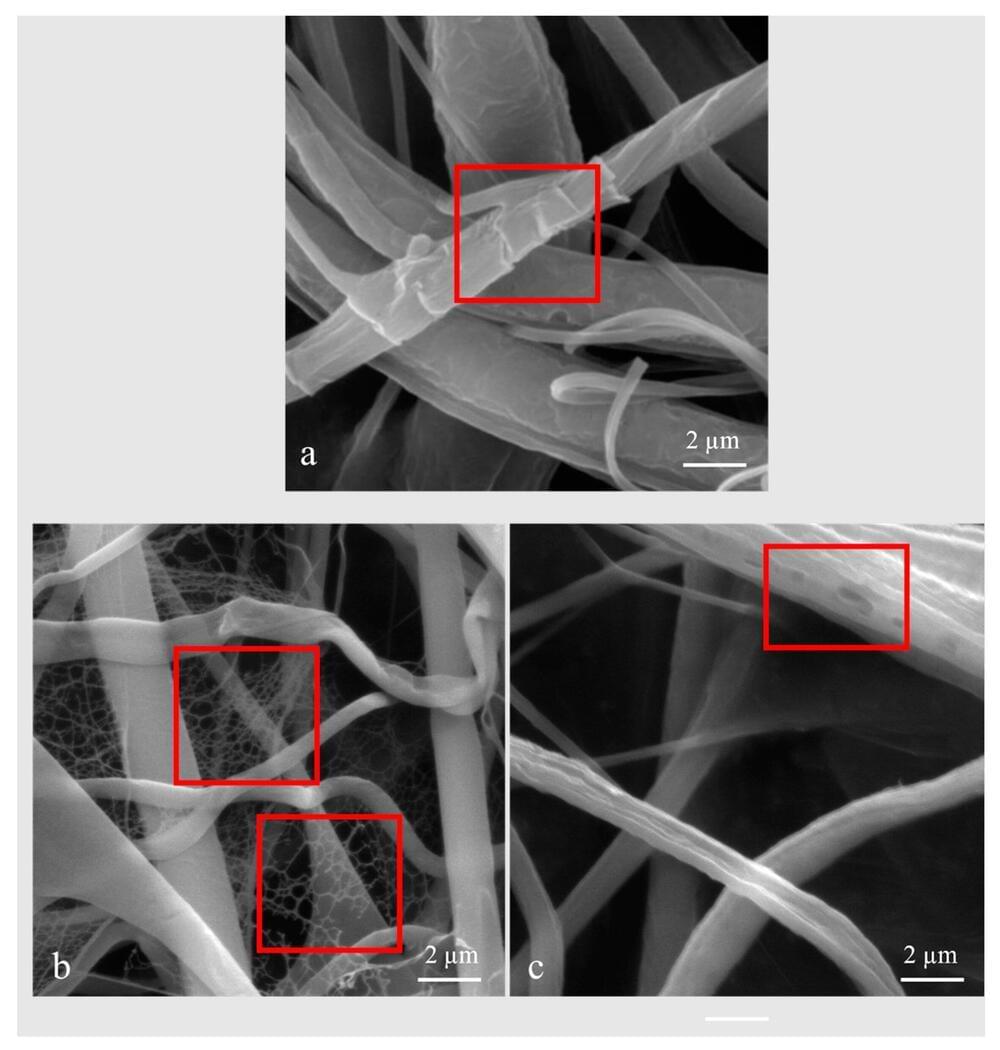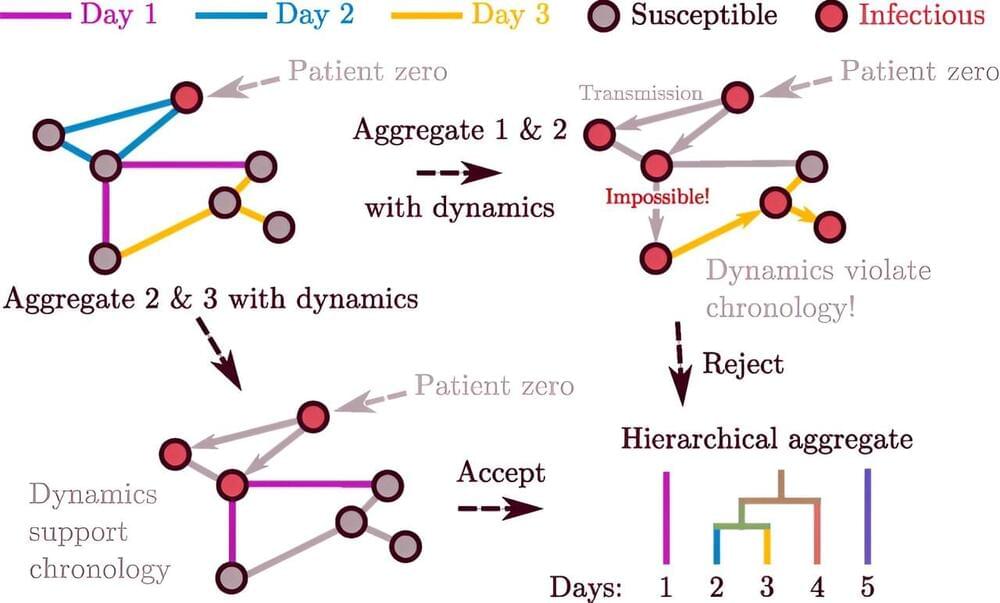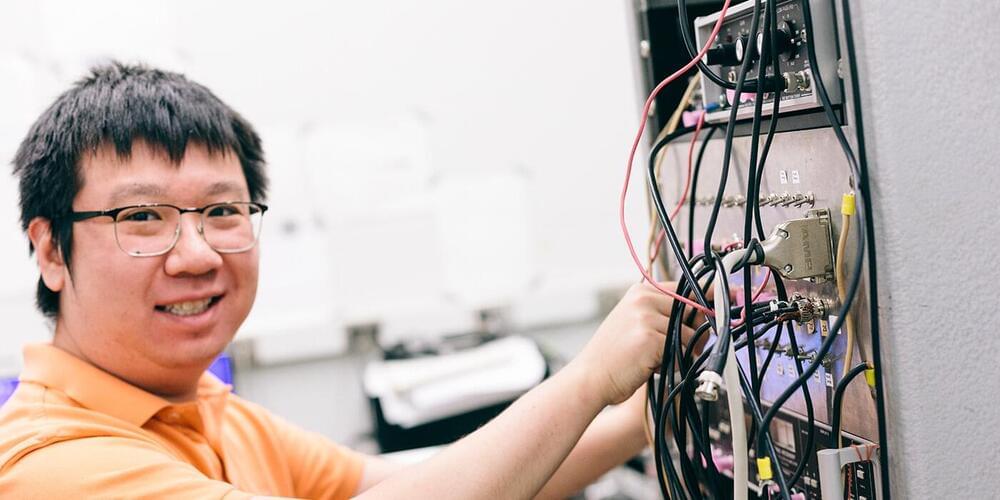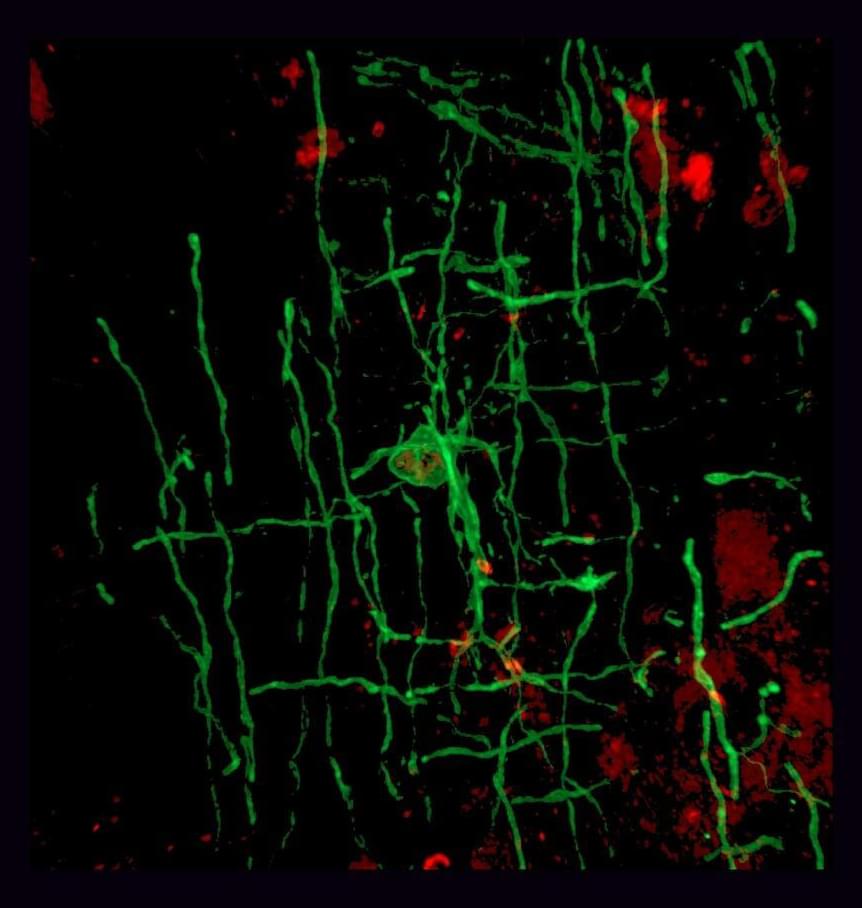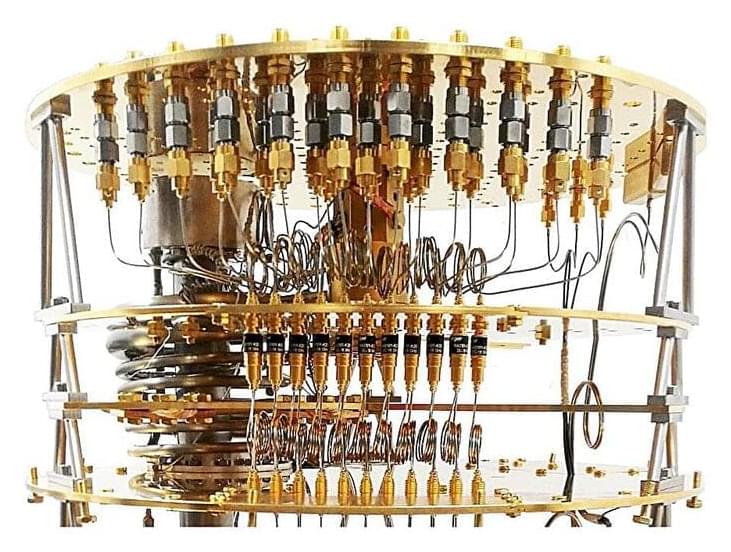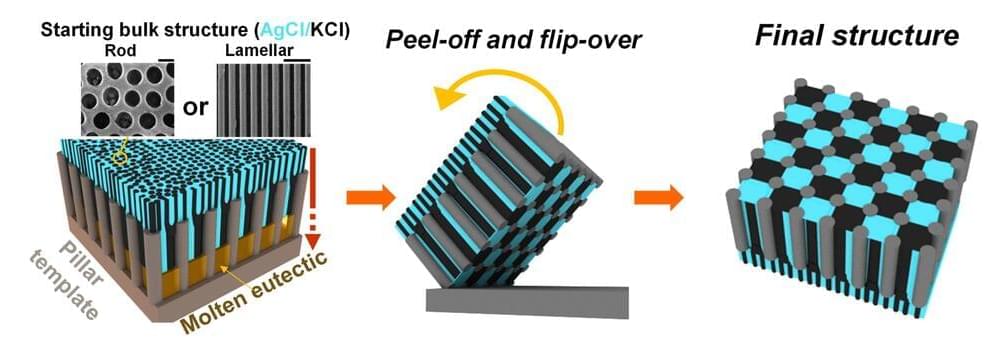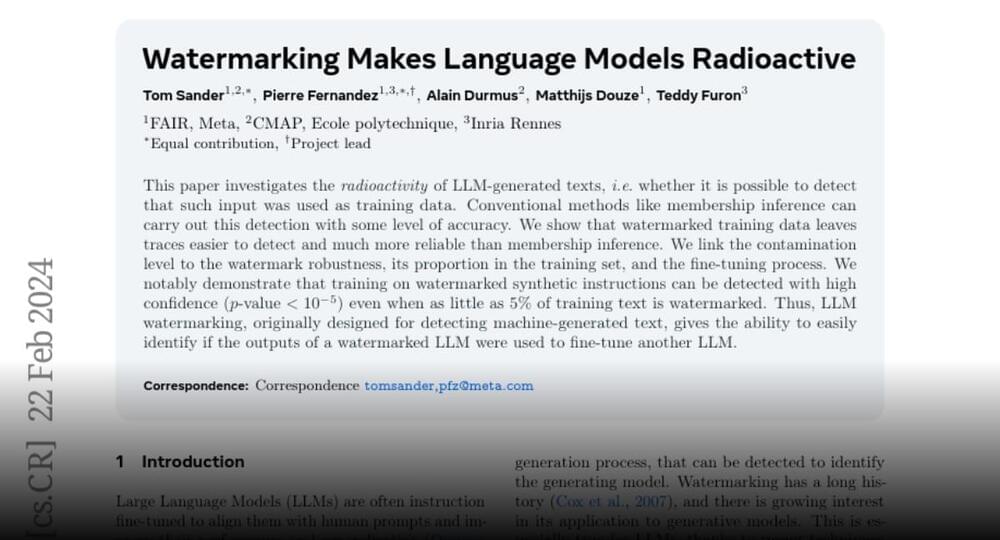Feb 26, 2024
Research combines two leading theories to better explain how and why people cooperate with one another
Posted by Dan Breeden in category: futurism
A team of economists from Switzerland and Germany has found, via model testing, that two leading theories created to explain why humans engage in cooperation with one another tend to fail under scrutiny. In their paper published in the journal Nature the group describes how further model and field testing showed that it was only when the two theories were combined that they proved able to describe scenarios where humans cooperated.
Humans cooperate with one another on a variety of levels and in different kinds of situations. Research suggests that the reason humans have evolved in a way that promotes cooperation is that it leads to an eventual payoff for both parties. Such research has also shown that it is much easier to explain how and why reciprocity works when it is clear that the person performing the first act is reasonably sure they will see the other person again, likely leading them to reciprocate.
Much more difficult to explain is why humans sometimes engage in behaviors that would normally be seen as a first move in cooperation, when there is no assurance they will see the recipient again, and thus may not reap a reward. In this new study, the research team tested theories that have attempted to explain such behavior.
